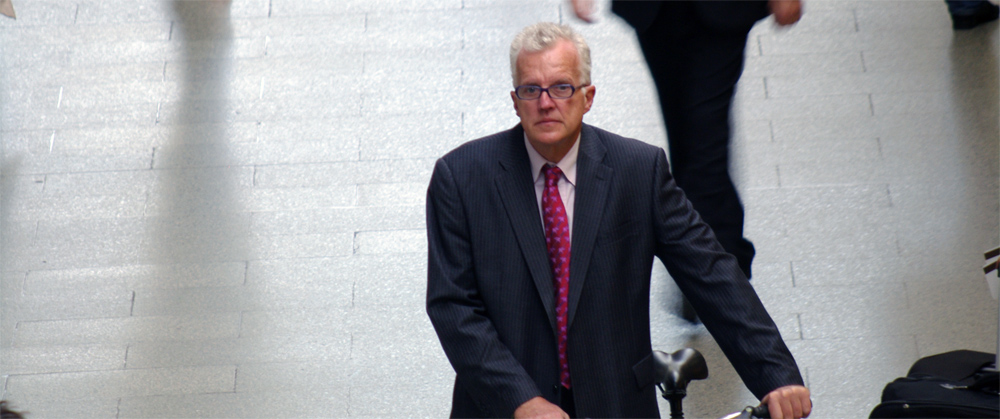The London railway network is a confusing mishmash for many passengers. There are overground trains run by all kinds of different companies some with incomprehensible names like One and C2C, the Underground system which is not always well integrated with the national rail stations and the Docklands Light Railway.
Indeed, integration is the key word. In a sensible world, all London’s transport rail lines would be part of the same system, run by one body. That is the case in many parts of the world where there is one transport authority for all local train and bus services.
But because of historical reasons and the way that the railways were built, that has never been the case in London. And privatisation of the railways in the mid 1990s made it worse. At least until then, there was British Rail’s Network SouthEast which cooperated well with London Transport, but that was broken up and there are now nine train operators running commuter services to and from the capital.
There are 46 stations that have both overground and underground trains and the services are often poorly coordinated. For example at Ealing Broadway, a station run by the train operator, First Great Western Link, it is quite difficult to buy tube tickets from the machines and there is no access for wheelchair users, even though it is a key interchange. At Finsbury Park, there are two completely separate ticket offices 200 metres apart, one run by London Underground, the other by the operator, West Anglia Great Northern.
While some of these operators provide a good service, others neglect the London local services preferring to concentrate more on the longer distance trains serving the lucrative commuter market. Moreover, many of the stations in the London area are in a very poor condition, with no investment apparently having been done for years.
The problem is that under the privatised system, the operators are responsible for stations but they only have short franchises, generally up to seven years, and therefore do not think it is worthwhile to invest in improvements, especially at relatively lightly used stations. In the past, Transport for London has paid for upgrading facilities, but the problem is that it cannot get back the cost of investment.
As Ian Brown, who heads Transport for London’s rail directorate, put it: ‘If we spend money on improving facilities, and that gets more passengers on to the railway, the extra revenue simply goes into the profits of the operators. That can’t be right.’
There are problems, too, with coordination over the Oyster card, with some train operators being reluctant to let the system being used at their stations even though this would be of enormous benefit to passengers.
That is why Transport for London would like to take control of the train services so that it could coordinate them in a way which would be better for London commuters. In particular, with the numbers of people living and working set to increase over the next decade, TfL would like to see more attention paid to the needs of people living in London’s suburbs.
The Government is currently reorganising the way that the railways are run, abolishing the Strategic Rail Authority and giving more responsibility to regional authorities. As a result, TfL is going to get more responsibility over the North London line and the stopping service between Euston and Watford.
This is an experiment and TfL hopes that if it is successful, it will gradually get control of other lines, too and be able to tailor services more to Londoners’ needs. However, TfL is unlikely to get what it really wants which is total control of all rail services in the capital.
TfL is particularly keen for the operators to make better use of certain railway hubs in outer London, like Stratford, West Ham, Beckenham Junction, East Croydon, Wimbledon, Clapham Junction, Willesden Junction, Barking, Finsbury Park, West Ham and Lewisham. That would involve ensuring that more trains stopped at these stations so that as Mr Brown put it, ‘At the moment, you can get longer distance trains which are very lightly loaded and have plenty of seats rushing by passed local services which are completely overcrowded with lots of people standing in each carriage’.
